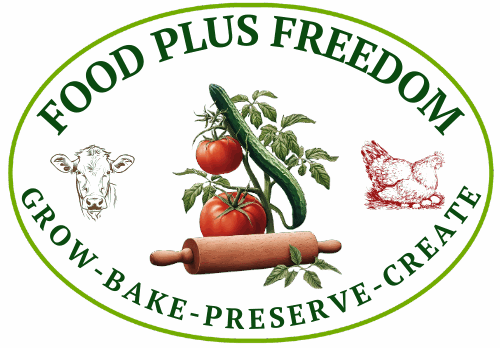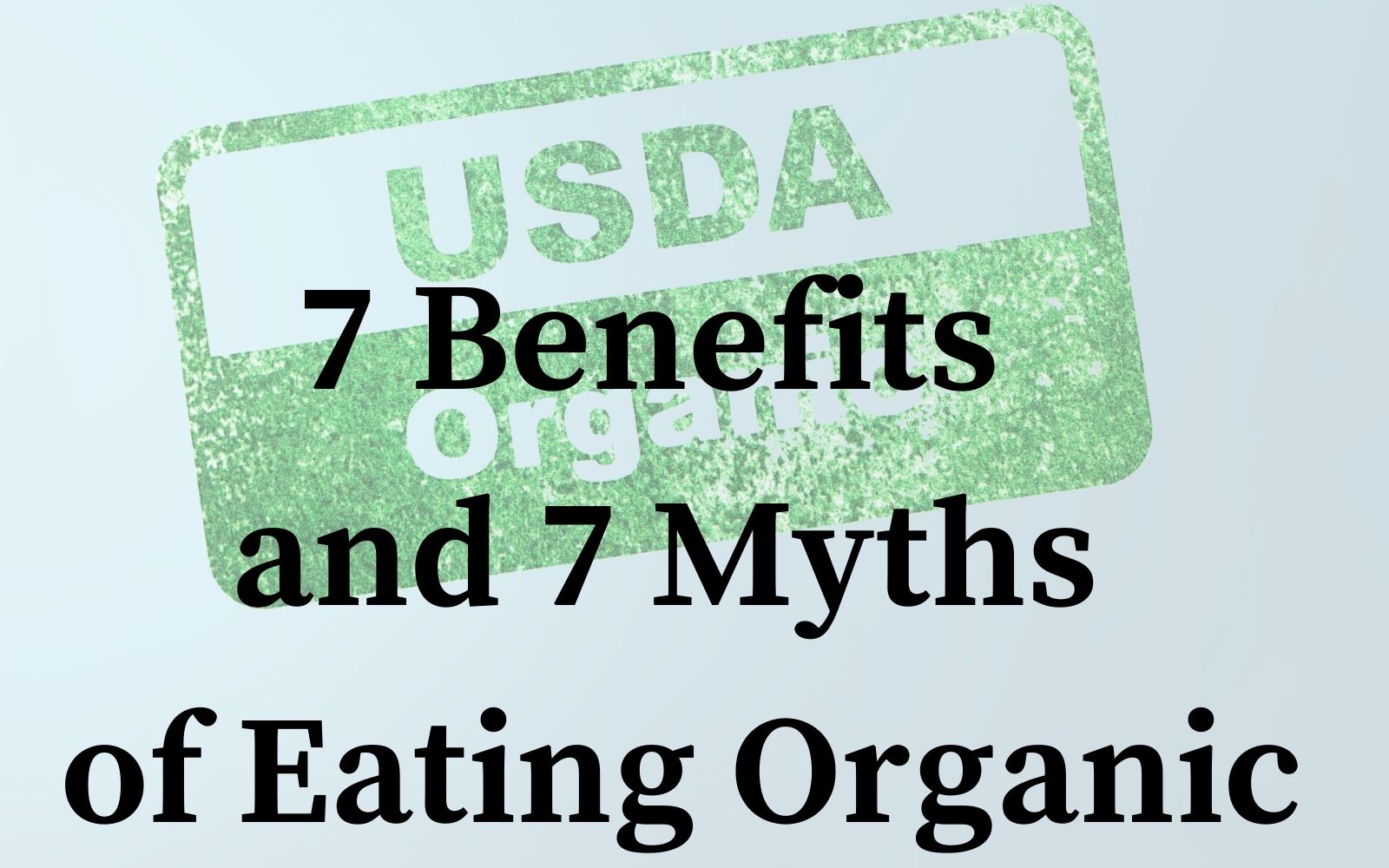Once upon a time, eating organic was a buzzword and mainly those who favored the ideology of organic bought into it. Now the term organic is still a buzzword for labeling and growers. However, in 2024, learning about eating and growing organically or beyond can mean the difference between health and sickness.
Here are seven simple benefits and myths to eating and growing your food organically. Or beyond organic, because sometimes organic isn’t natural enough.
7 Benefits of Eating Organic
- No synthetic pesticides or chemicals used during raising or processing of your food.
- No synthetic fertilizer used in the soil.
- Only Non-GMO (genetically modified organism) products in your food from start to finish.
- Nothing genetically engineered is used in growing or creating your food.
- Animals are raised naturally, with room to roam, inside and out, and raised on organic soil and ground.
- No artificial coloring or preservatives.
- No antibiotics or growth hormones used in the raising of organic products.With organic meat production, antibiotics can’t be used to treat illnesses in animals.
7 Myths of Eating Organic
- Organic livestock don’t get vaccines. The truth: depending on the vaccine and the organic certification organization, livestock can be given vaccines.
- All food that’s grown organically must carry the USDA Certified symbol. The truth: food that carries the USDA Organic certification must follow the rules set up by the government. However, many smaller growers are not USDA Organic certified because of the cost and time to be certified. Plus, the USDA certified Organic symbol isn’t a be all and end all. Many non-certified organic growers grow cleaner than organic growers. Ask your farmer questions about how they grow the food you want to buy.
- Organic Food is more nutritional than conventionally grown food. Unfortunately, this statement hasn’t been found true or false. However, organic food is normally fresher than conventionally grown food. And if you eat local or grow your own, fresh food does have more nutrients than food that was picked weeks or months before.
- The organic label doesn’t always mean 100% organic. According to the USDA, foods that are processed can include “some approved non-agricultural ingredients, like enzymes in yogurt, pectin in fruit jams, or baking soda in baked goods.” USDA
- Organic labeling can also mean “made with organic [specific ingredient or food group], this means they contain at least 70% organically produced ingredients. The remaining non-organic ingredients are produced without using prohibited practices (genetic engineering, for example) but can include substances that would not otherwise be allowed in 100% organic products. Made with organic products will not bear the USDA organic seal, but, as with all other organic products, must still identify the USDA-accredited certifier.” According to the USDA.
- All organic farms are small family farms. The truth: Just like conventional farming, organic farming coming in many sizes. And some are very large farms, processing groups, or groups of farms owned by large corporations. So organic doesn’t always mean small and caring. If you’re looking for a small organic farm to buy from, look local.
- Organic Food Never has synthetic pesticides on them. The truth. Your organic food might actually have pesticides on them. Not because they were sprayed directly, but because of what a neighbor has sprayed or what cascades from the sky in our rain. Anything that comes from our environment can affect our food.
To Choose or not Choose Organic Food
Without a doubt, opt for organic, but be aware and mindful. Buy whole food, not processed foods. Buy from as local as you can, giving you the ability to talk to the grower. And make sure you read every ingredient and understand what you’re buying.
By buying organic, you are buying from farmers who are not intentionally poisoning you or our environment. You won’t be eating bio-engineered food. And you create a demand for naturally clean grown food. Supply and demand: when people want more, farmers grow to meet demand.
Grow what you can and grow in an organic manner
Buy what you can’t grow, buy organically and as local as possible.
Remember, homesteading is a peace of mind, not a piece of land.
Grow Food – Eat Local – Gain Freedom

